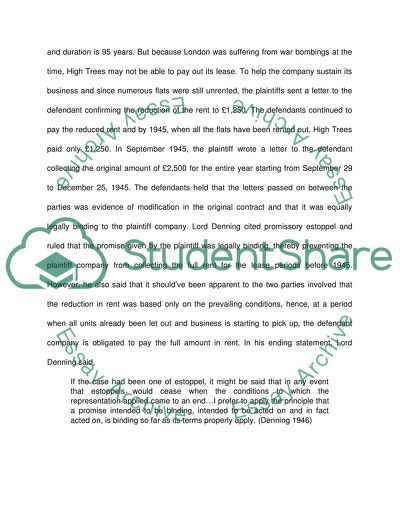Cite this document
(“Promissory Estoppel Essay Example | Topics and Well Written Essays - 1750 words”, n.d.)
Retrieved from https://studentshare.org/miscellaneous/1592530-promissory-estoppel
Retrieved from https://studentshare.org/miscellaneous/1592530-promissory-estoppel
(Promissory Estoppel Essay Example | Topics and Well Written Essays - 1750 Words)
https://studentshare.org/miscellaneous/1592530-promissory-estoppel.
https://studentshare.org/miscellaneous/1592530-promissory-estoppel.
“Promissory Estoppel Essay Example | Topics and Well Written Essays - 1750 Words”, n.d. https://studentshare.org/miscellaneous/1592530-promissory-estoppel.


